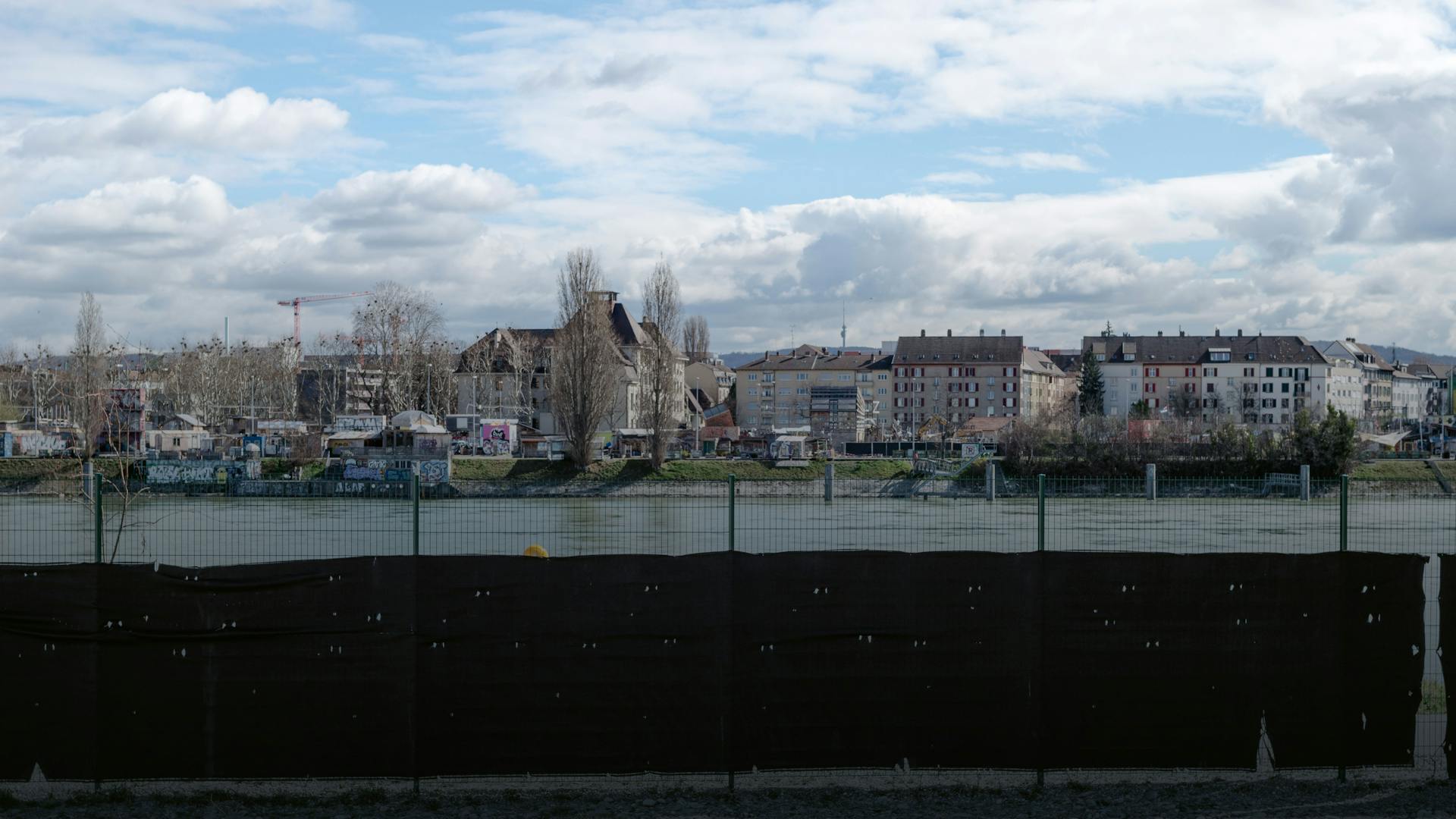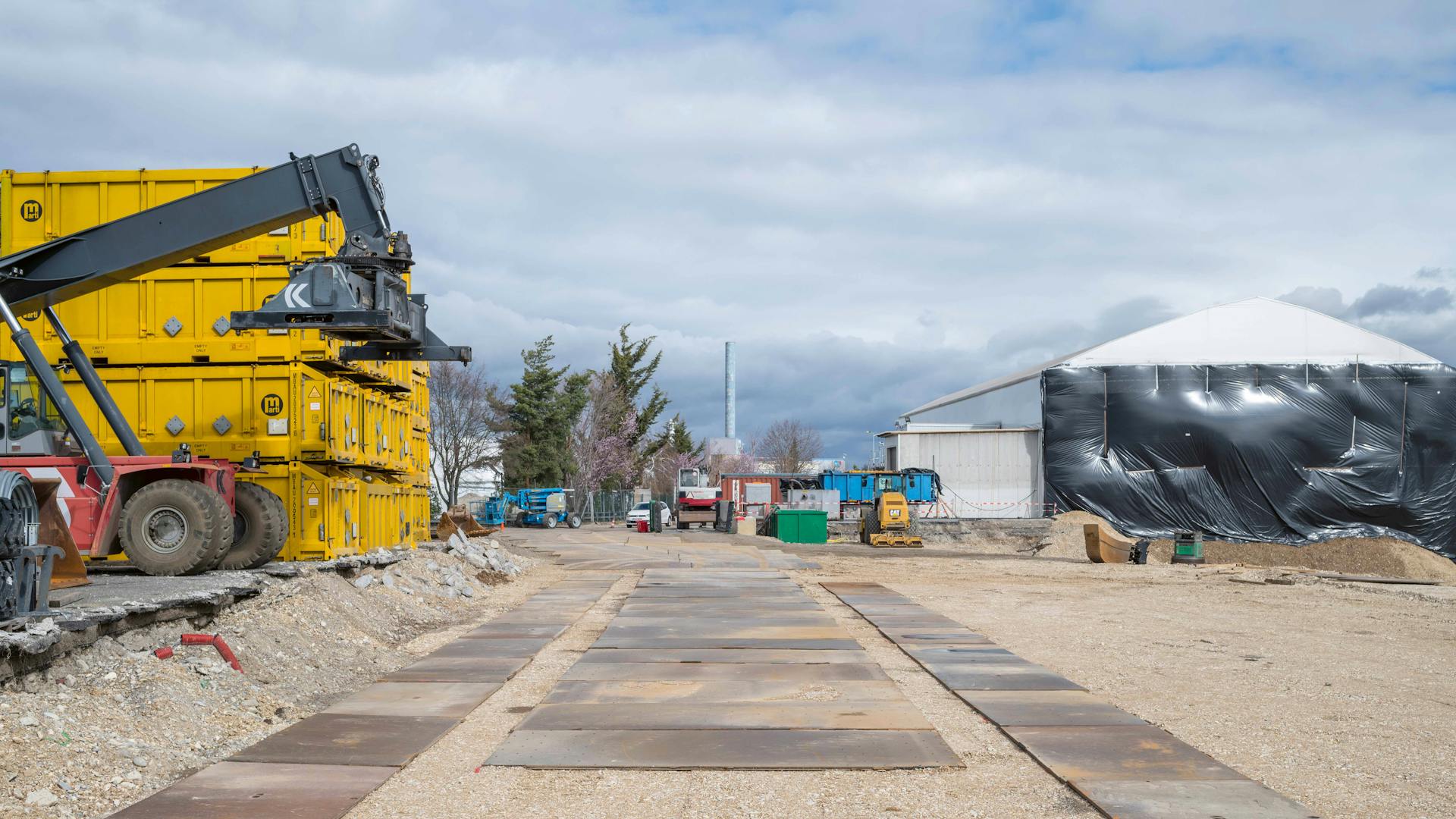
Coupling unit during set-up at the remediation site.
Published on 01/07/2021
Fabian de Wachter knows the Rhine inside out. The 38-year-old captain has been traveling on Europe’s largest internal waterway since early childhood and today navigates one of the biggest transport vessels on the river that stretches more than 1000 kilometers.
“I represent the fourth generation of my family in the shipping industry,” de Wachter said, when we met him for our interview on the impressive high-tech bridge of his new ship, the MS Vera Pax. “When I was traveling as a kid with my father, I was always fascinated by ships and logistics. This passion has never left me.”
Despite his strong sense of tradition, Fabian de Wachter has his eyes clearly set on the future of shipping. The bridge on the MS Vera Pax looks more like the command center of a futuristic spacecraft than a slow-moving transporter on the Rhine. Surrounded by several screens, de Wachter sits in a comfortable chair like Captain Kirk from Star Trek and navigates his ship as if it was a rubber boat and not a 185-meter-long steel monster.
“Today, many manual navigation processes have been digitized,” de Wachter explained. “But despite all this technology, the experience of a captain is needed to travel the Rhine safely, especially when you have to navigate through the narrow water gates or carry hazardous goods.”












